Minitype Light Source T5007.6 – LED
The Minitype Light Source T5007.6 Mini-Light Source connects directly into your rigid endoscope (sometimes requiring an adapter). It is optimal when looking directly through the scope (rather than when the scope is attached to a camera and video system). No more burned light source bulbs! No more awkward light guide cables. Applicable for endoscopes up to Ø 6 mm. The Minitype Light Source comes with a rechargable battery and charger.
Minitype Light Source T5007.6 Specifications:
- Dimensions: 22 x 116 mm
- Charger included
- LED light
- Bulb: 3 Watt
- Lasts up to 100,000 operating hours when used properly.
- Power Supply: DC 3.7V
- Built-in 2400mA battery
Functions of light
Viewing tissues using white light alone is effective in detecting many lesions and in determining the general health of the tissue. In contrast, some bacterial infections, lipid plaque, and precancerous and subtle inflammatory conditions are difficult to visualize under white light. Furthermore, it can be challenging to position an illumination and imaging system in the vicinity of the organ to be viewed. Once there, it is desirable and advantageous to use light to do more than illuminate the object: Radiation in the form of visible light, infrared or ultraviolet wavelengths can be used to do work. The delivered radiation can be used to assist in the diagnosis of disease using fluorescence or spectroscopy, to cut diseased tissue for removal, to ablate stones, to initiate a reaction between a therapeutic molecule and its target reaction site, or to provide physically based phototherapy.
Fluorescence imaging techniques use a generally nondestructive property exhibited by some materials. Fluorescence occurs when a material absorbs radiation of one wavelength, converts some portion of that radiation to a slightly different and usually longer wavelength, and then re-emits it. For example, when normal oral cavity tissues are illuminated with violet light (405 nm), they have a fluorescence emission that appears light blue. The effect is small but can be noticeable and help discriminate between healthy tissue and tissue with underlying problems. Fluorescence can be the result of tissue labeling using fluorophores or the result of autofluorescence, where the specimen naturally exhibits the property.
✔ NOTE: WE CAN TRADE OR PURCHASE YOUR UNWANTED MEDICAL EQUIPMENT. Click here for more information.

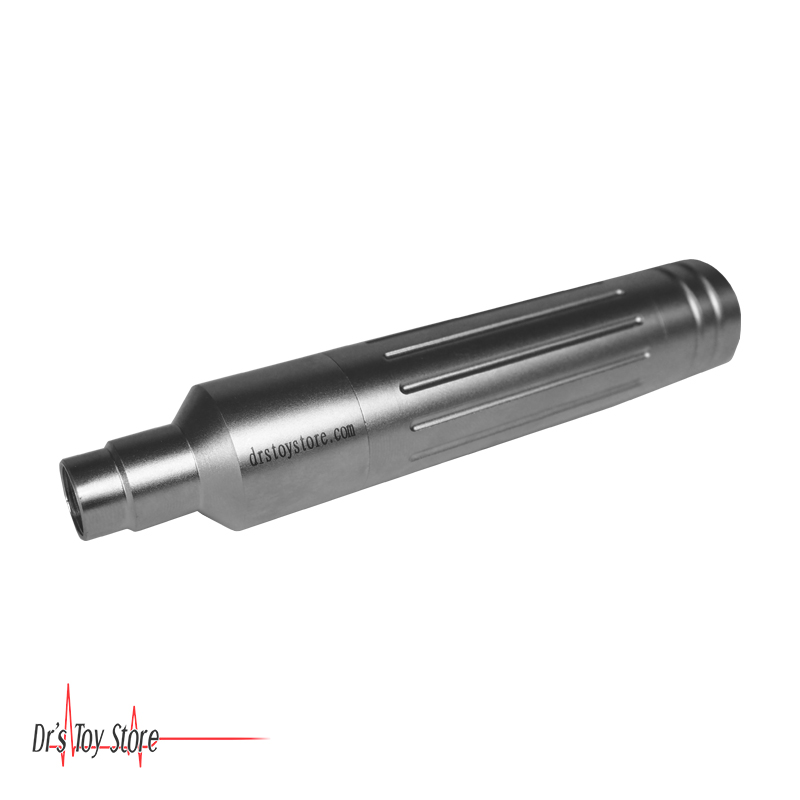
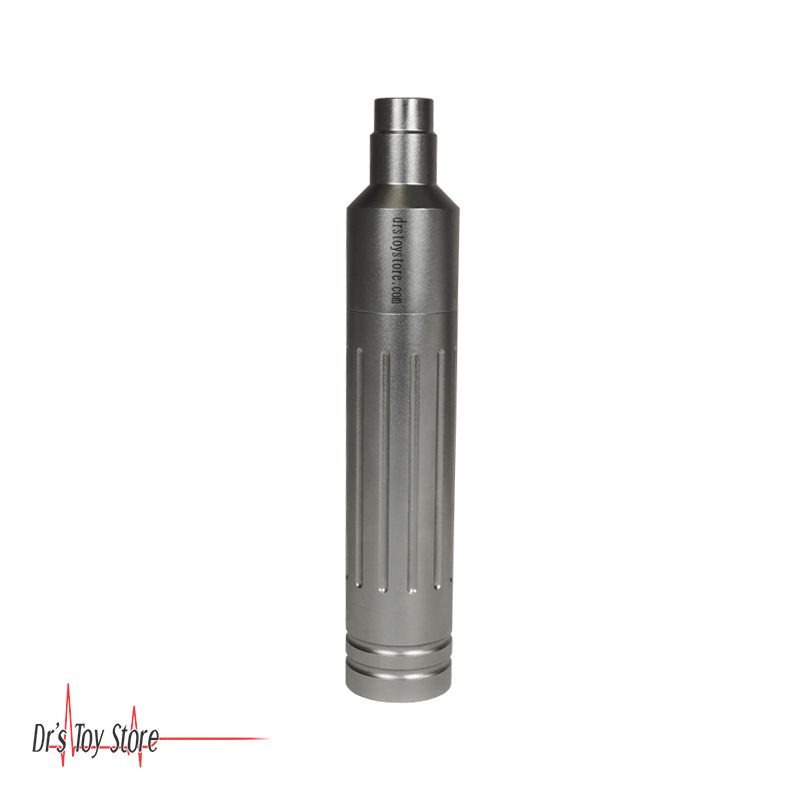
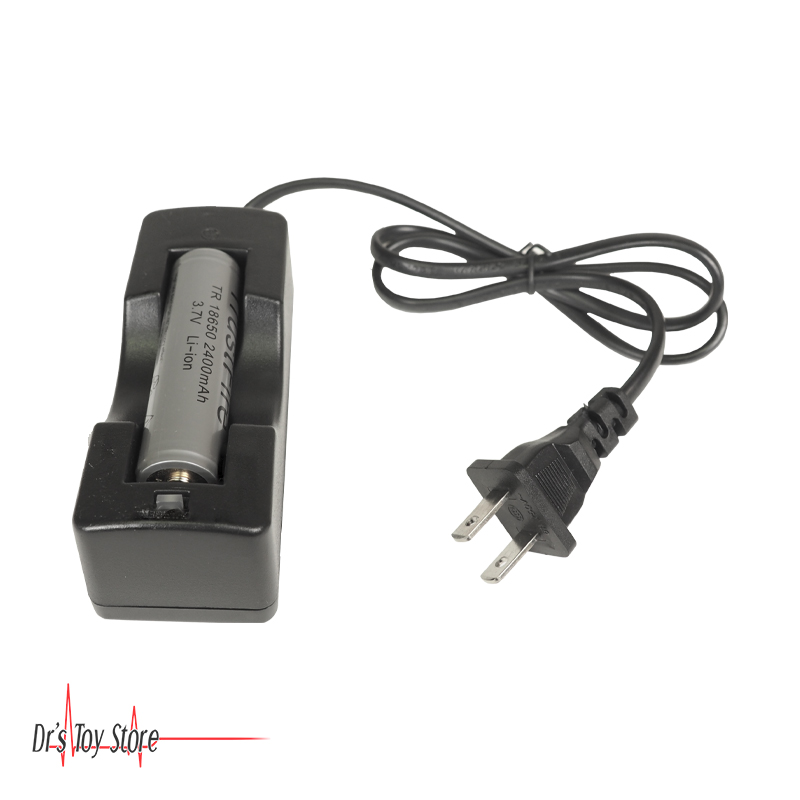
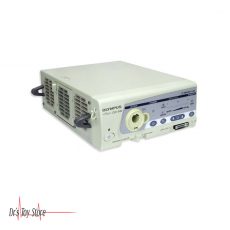
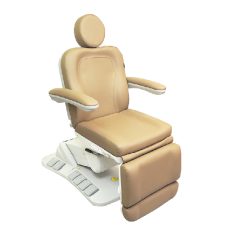
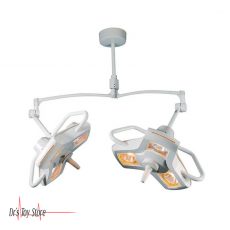
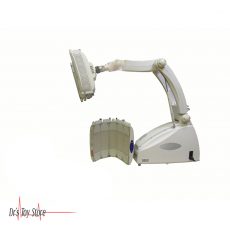
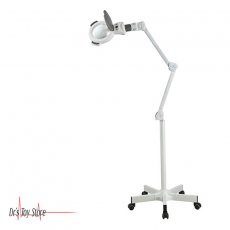
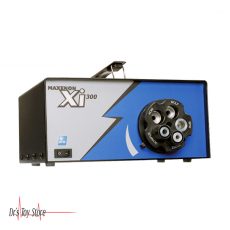
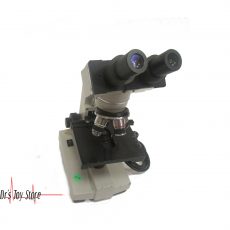
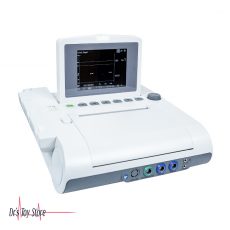
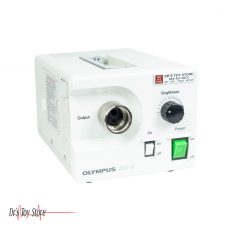

Reviews
There are no reviews yet.